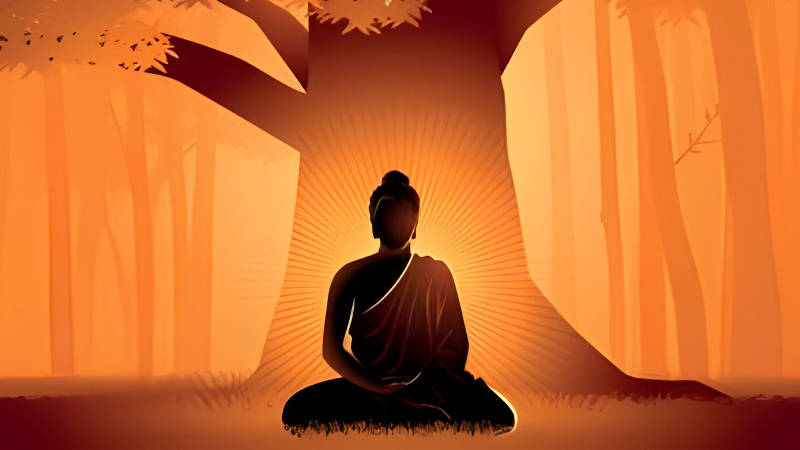A Buddhist Approach to Pain
Pain receptors are sensory neurons in the body that signal the brain to generate pain sensations. This pain response alerts us to injury and stops us from engaging in activities that will worsen the physical condition. This serves to protect us. But injury also activates the amygdala, a part of the brain responsible for detecting threat. Sometimes after an injury has healed, amygdala activation can continue to generate pain sensations, which may be responsible for chronic pain without a definitive cause.
Emotional pain also stimulates the amygdala, especially in individuals who have been traumatized and have a sensitized amygdala. Just as with physical pain, the more we focus on the pain and suffering, the more sensitized the amygdala becomes. This is how we can become trapped in emotional pain. The tendency is to feel that we must be alert and listen to the emotional pain and this can prevent us from focusing on the positives. Or we can feel that we should resist the pain and distract ourselves, but this can make the emotional pain seem too scary to face.
The Buddhist approach of staying present and aware and observing what is happening within us can feel strange. However, if we have a neutral attitude, observing what is happening without effort, this stabilizes the brain. Negative thoughts, feelings and sensations may arise, but if we focus on just being aware these don’t take centre stage. With a detached attitude, using neutral language, we can start to view thoughts as just thoughts and emotions as just feelings.These inner occurrences don’t define us.
We can then focus on the sensations caused by thoughts and emotions, relaxing the body and just allowing the sensations to rise and fall. Keeping a neutral attitude, we can ask ourselves:-
Where is the sensation in my body – throat, chest, stomach? Is the sensation sudden or slow, tight, aching, pulsing, sharp? What temperature does this sensation have – warm, neutral, cold?
The more we practice like this, the more we can make peace with current as well as past emotional pain.

